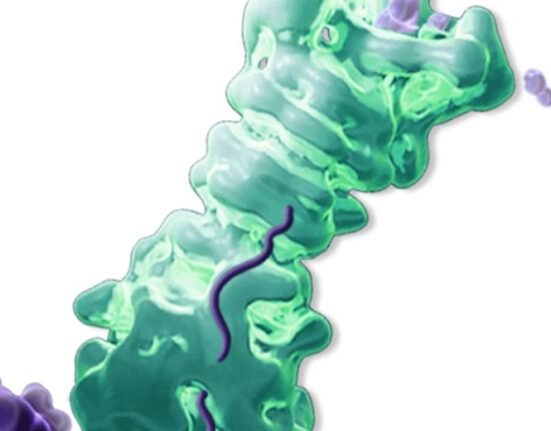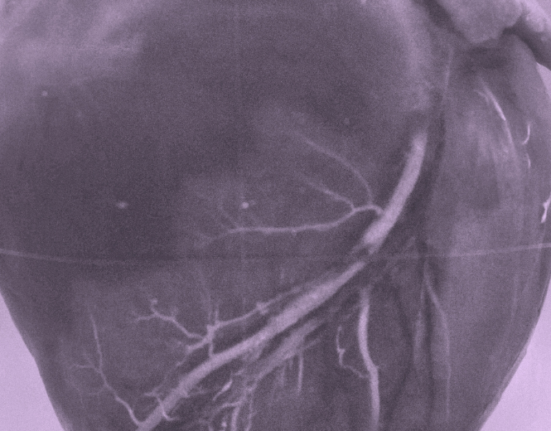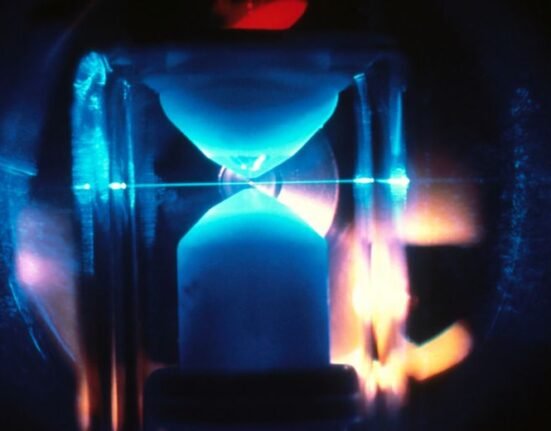HQ Team
December 18, 2023: Investigative results from a pilot study showed that those with burnt-out diabetes and end-stage kidney disease experienced a significant underdiagnosis of hyperglycemia.
The study, led by Dr. Guillermo E. Umpierrez of Emory University, emphasizes the importance of CGM and glycated albumin for assessing glycemic control in such patients, beyond the traditional markers like HbA1c and fructosamine
“CGM and glycated albumin provide a better assessment of glycemic control than do values of HbA1c and fructosamine in patients with end-stage kidney disease,” wrote the investigative team, led by Dr. Umpierrez.
The pilot perspective study revealed that individuals with burnt-out diabetes exhibited higher CGM-measured variables, including daily glucose levels, a lower percent time in range (TIR; 70–180 mg/dL), a higher percent time above range (TAR; >250 mg/dL), and a longer duration of hyperglycemia >180 mg/dL compared to those without diabetes.
In particular, among patients with end-stage kidney disease, the data indicated a lower TIR 70–180 mg/dL (80% vs. 94%; P < .001), a longer duration of hyperglycemia (17.2% vs. 4.6%; P < .001), and greater TAR >250 (0.5% vs. 0.1%; P < .001) in those with burnt-out diabetes.
While HbA1c levels and fructosamine were similar between patients with end-stage kidney disease and burnt-out diabetes and those without diabetes, burnt-out diabetes patients exhibited higher levels of glycated albumin.
So what is burnt-out diabetes?
Burnt-out diabetes, in simple terms, refers to a phase where the disease becomes less active or less severe over time. In this phase, individuals with diabetes may have a lower level of hemoglobin A1c (HbA1c) without needing diabetes medications for an extended period, typically more than six months. It’s called “burnt-out” because it appears as if the intensity of the disease has diminished and sometimes the medication is discontinued.
However, despite this apparent improvement, individuals in this phase might face challenges such as an increased risk of hypoglycemia (low blood sugar) and potentially poorer overall health outcomes.
The findings underscore the significance of CGM in detecting underdiagnosed hyperglycemia in patients with burnt-out diabetes.








